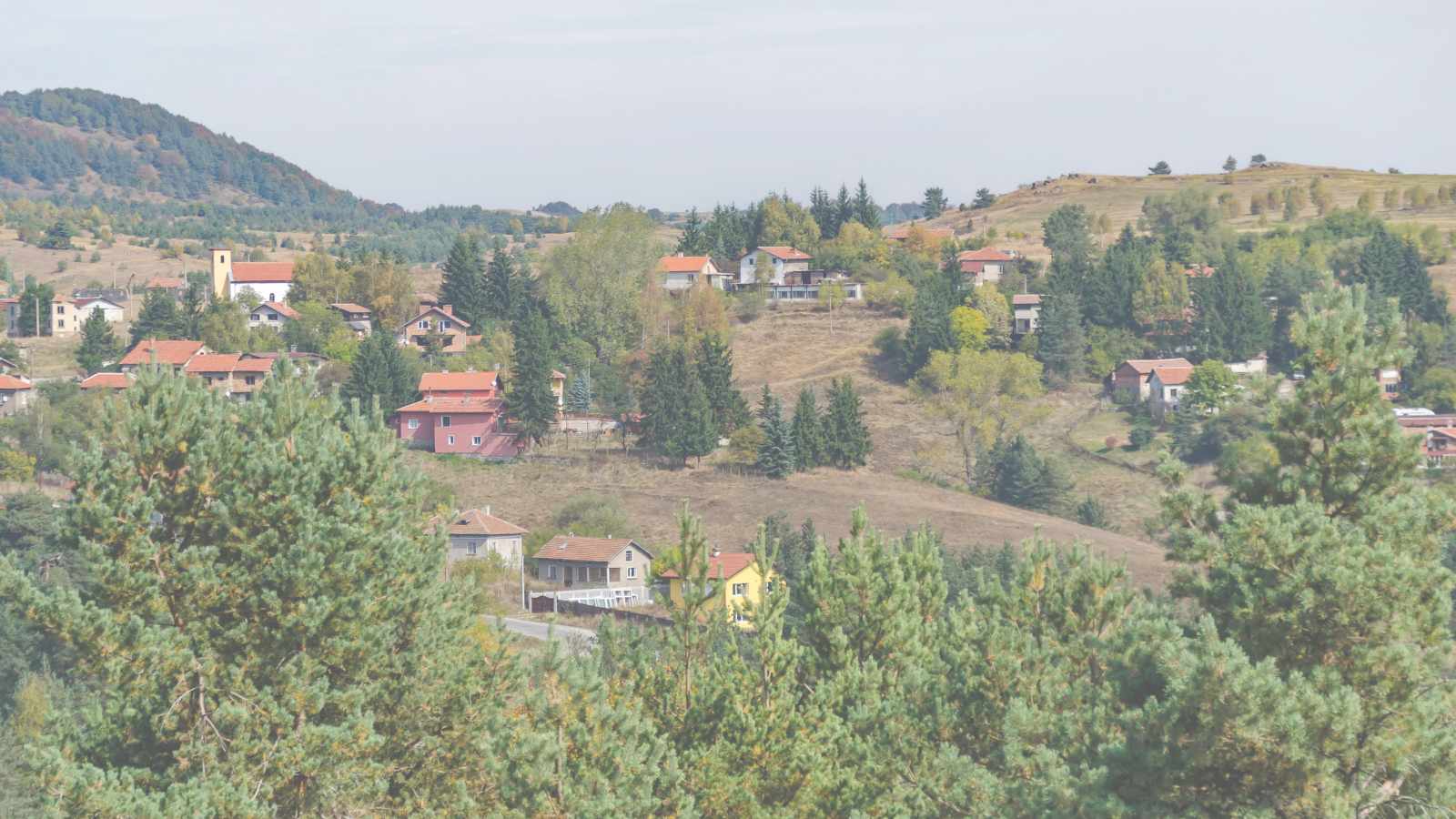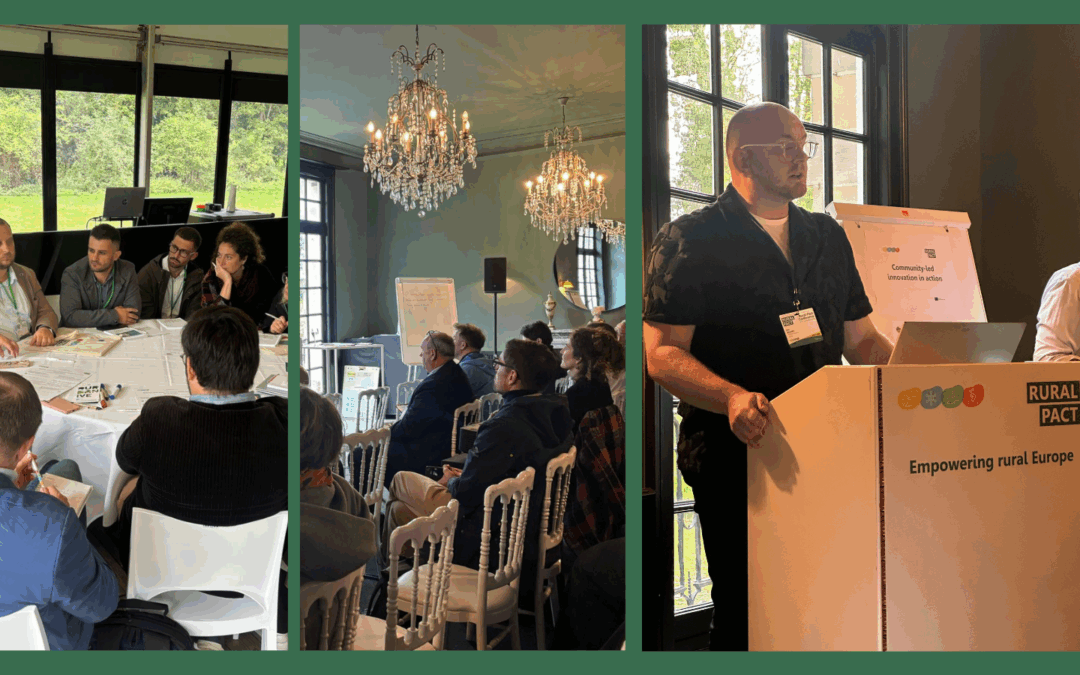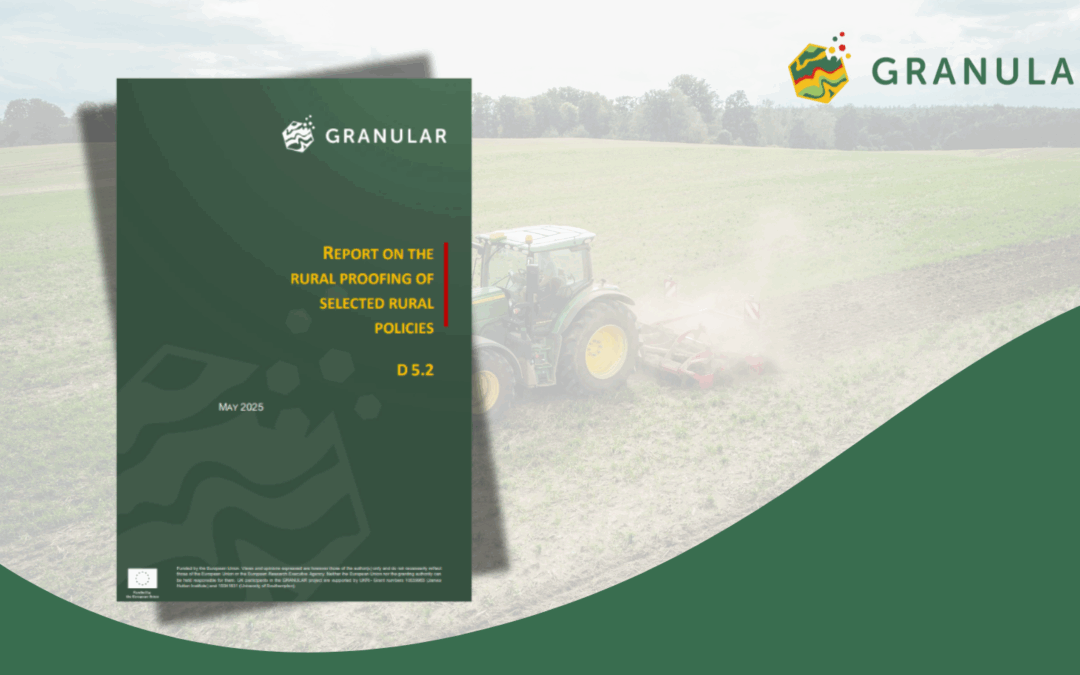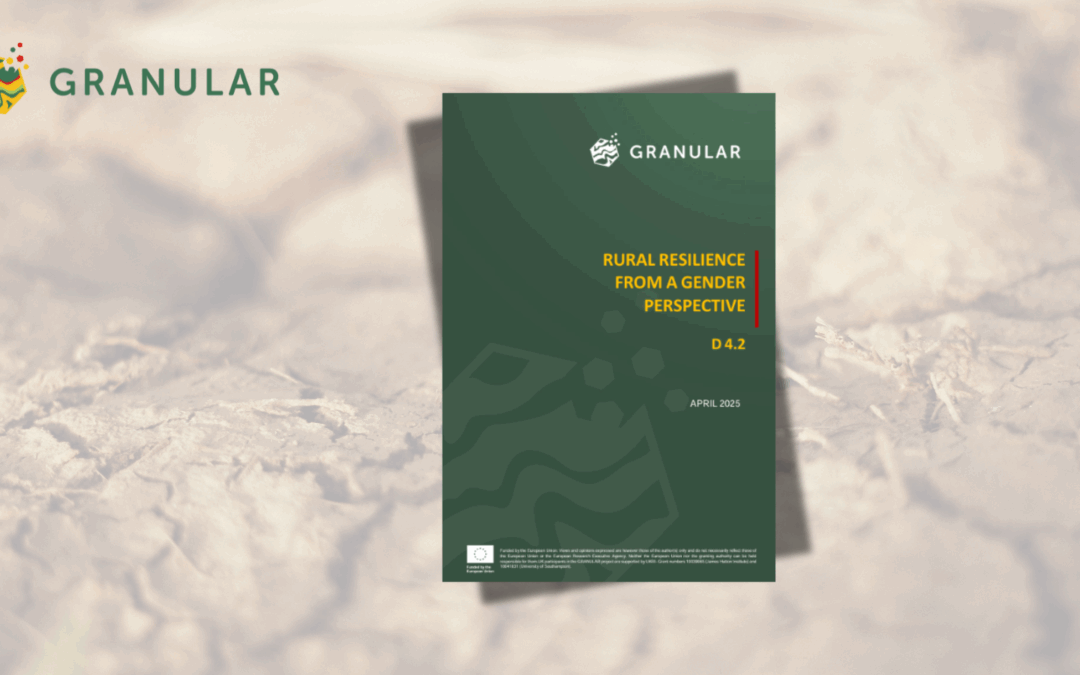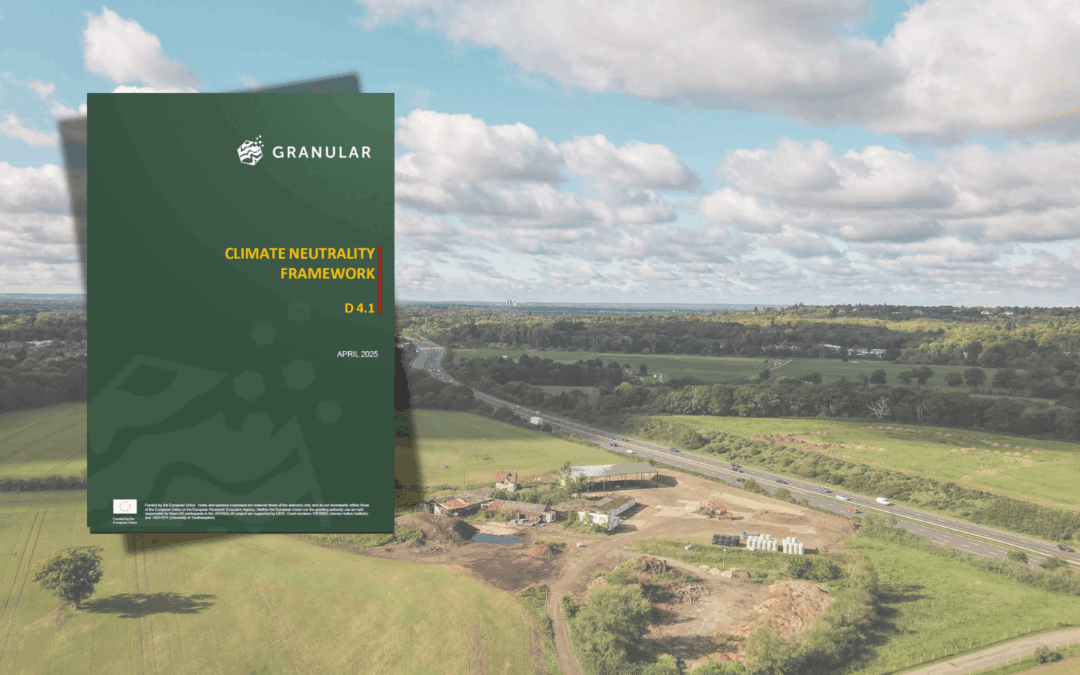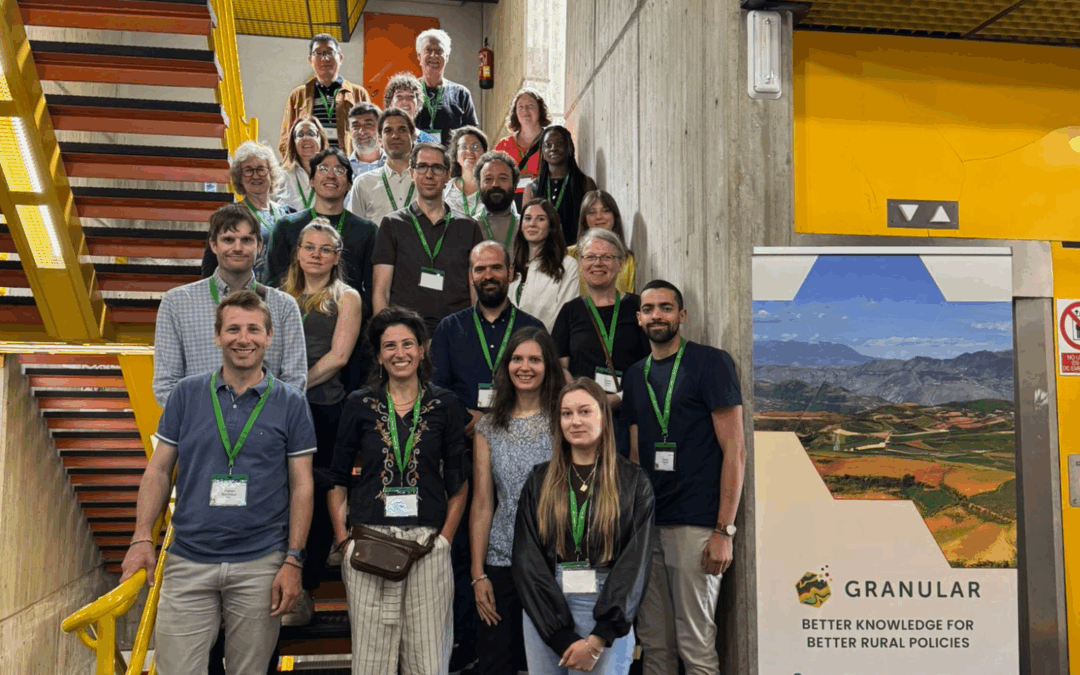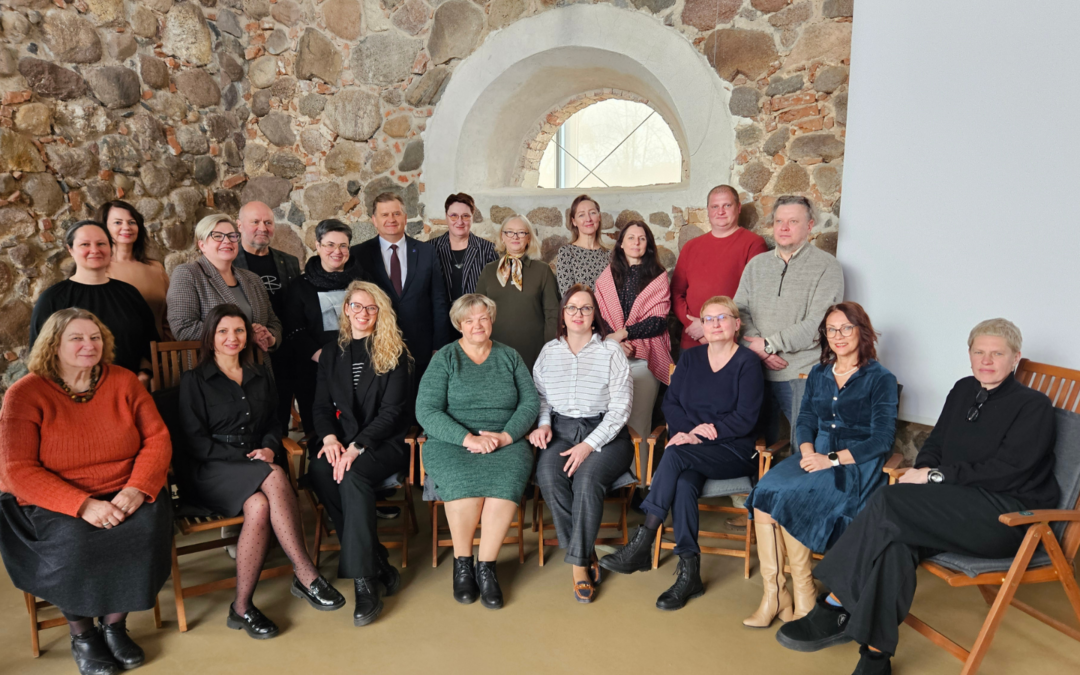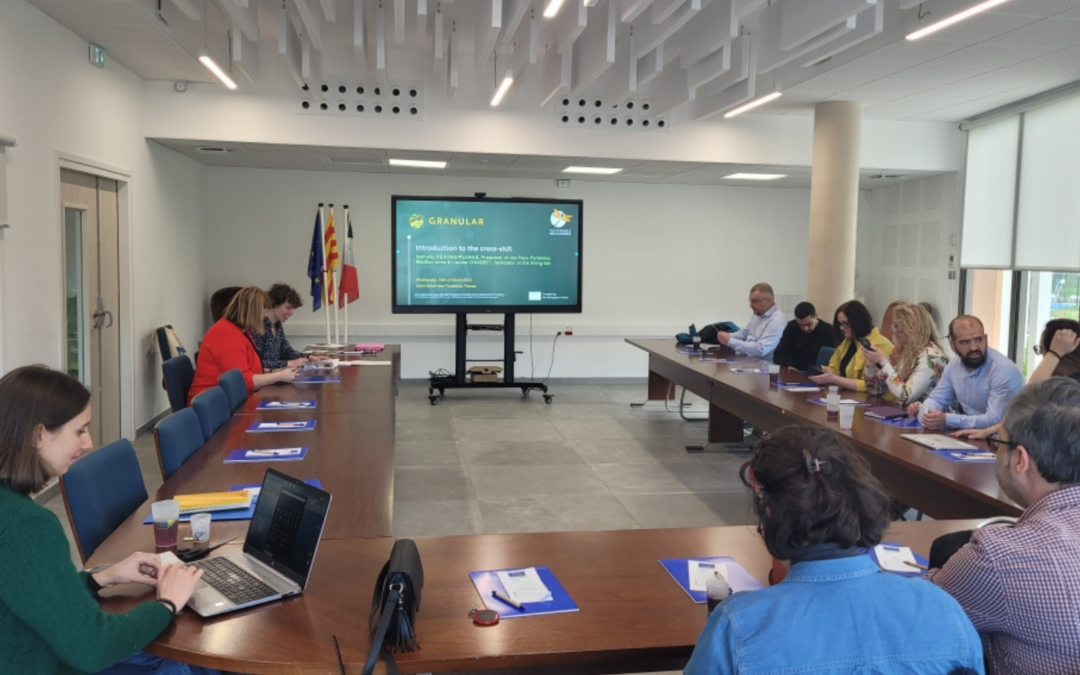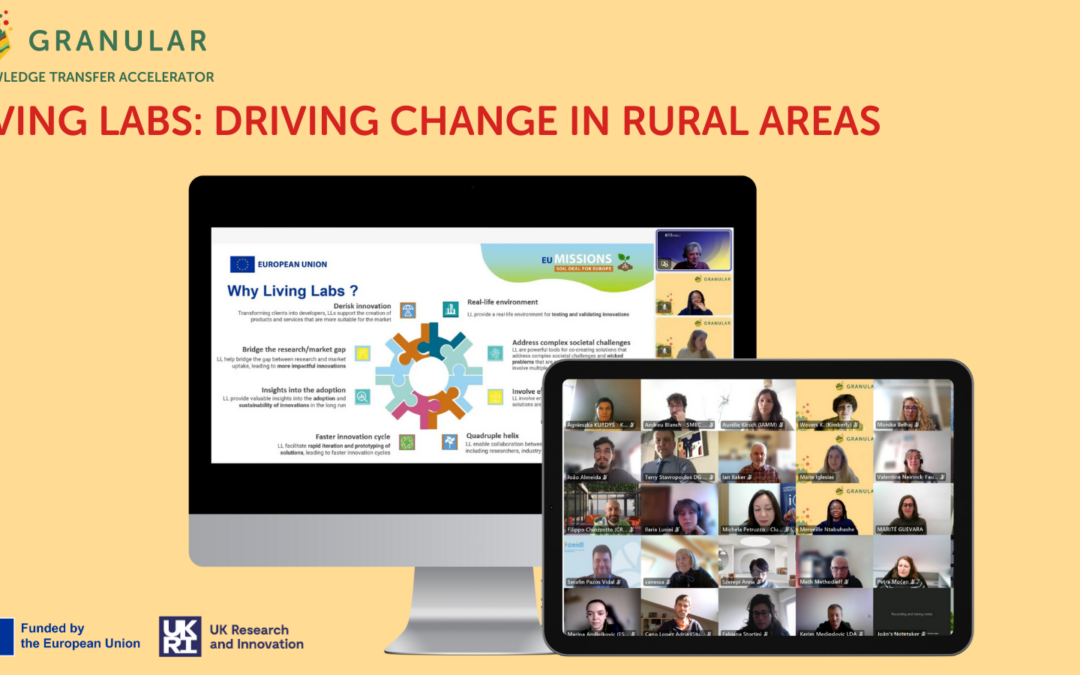Last July the European Commission presented its proposal for the next €2 trillion Multiannual Financial Framework (MFF) covering 2028–2034. President Ursula von der Leyen described it as a budget designed to meet Europe’s strategic ambitions in a time defined by geopolitical shifts, climate action, and economic challenges. But what does this new budget mean for the future of rural areas and rural development?
Structural shift: simplification and NRPPs
The new plan aims for drastic simplification, reducing the number of funding instruments from over fifty to approximately twelve. This effort includes creating a single rulebook with other funding programmes to reduce red tape and simplify access to funding for beneficiaries.
The biggest change for local communities and beneficiaries is the replacement of hundreds of individual EU programmes with 27 National and Regional Partnership Plans (NRPPs), with the goal to ensure simpler access to funds and fewer administrative hurdles. These NRPPs are designed to translate EU priorities into concrete, place-based actions, which are tailored for all types of territories. The Cohesion Policy framework specifically includes provisions for targeted measures under the NRPPs for rural areas, alongside cities, eastern border regions, islands, and outermost regions. Cohesion Policy, being one of the pillars of the EU budget, is committed to supporting sustainable urban and rural development initiatives to ensure every citizen has opportunities to thrive in the place they call home.
However, this centralisation has sparked concerns regarding subsidiarity. Many worry that this centralised oversight risks marginalising regional stakeholders and could effectively centralise the entire economic policy of the regions under Member State government control.
Cohesion, Agriculture, and Financial Safeguards
The new MFF signals a clear shift in priorities, moving funding from traditional policies like the Common Agricultural Policy (CAP) and Cohesion Policy, which are projected to shrink from two-thirds of the EU budget to 43%.
Despite this relative decline, agriculture remains central, with over €300 billion reserved for farmers and fishers. This allocation continues income support and environmental incentives, and introduces a new reserve designed to respond to market shocks.
For cohesion, the most sensitive proposal is the integration of rural development into cohesion funding, potentially affecting programmes like EAFRD and LEADER/CLLD. Around EUR 450 billion will be available overall for economic, social, and territorial cohesion, including funding for fisheries and rural communities. Although regional policy cohesion funding is projected by some sources to decline from €466 billion to €412 billion, a vital safeguard is included: a minimum amount is safeguarded for less developed regions. Specifically, a minimum of EUR 218 billion is secured for less developed regions, ensuring they receive at least the same support as they did under the current MFF. Cohesion investments will cover essential areas such as building transport and energy infrastructure, supporting innovative small and medium-sized enterprises, and co-financing rates will be differentiated based on each region’s level of development.
New Focus on EU Competitiveness
The MFF shows a distinct shift toward strategic and geopolitical ambition, with the European Competitiveness Fund (ECF) serving as the cornerstone of this pivot. Total funding for competitiveness and research is increased compared to the 2021-2027 period, totalling €451 billion.
The ECF is designed to unify financing and boost key sectors, supporting EU leadership in areas critical to rural economies. The fund will introduce European preference in strategic sectors, support investment from research to global production, and facilitate easier access to funding for SMEs, start-ups, and scale-ups with faster procedures.
This push is supported by the successor to Horizon Europe (FP10), which has a proposed budget of €175 billion. This research and innovation programme is tightly connected to the European Competitiveness Fund.
What does it mean for GRANULAR and rural areas?
The 2028–2034 proposal defines the funding environment for rural areas for the next decade. The integration of rural development into broader cohesion funds, coupled with the move to centralised national masterplans (NRPPs), means that how rural priorities are defined within these frameworks must be carefully monitored. A key development is the new performance framework which contains a set of indicators, milestones and targets upon which funds will be delivered.
However, many of these indicators are national -that is, they are not “granular”- enough to reflect the impact of place-based policies. Furthermore, a more integrated approach per Member State, which can potentially avoid overlaps between different funding interventions in the same area. However, for this a more precise understanding of impact in rural areas (that is, rural proofing) is necessary as to avoid one size-fits-all national policies.
This provides an opportunity for GRANULAR, by providing timely evidence to inform these debates is crucial to ensure rural perspectives are not overlooked in the new National and Regional Partnership Plans, as well as in the territorial dimension of structural reforms that the Plans will seek to deliver.
